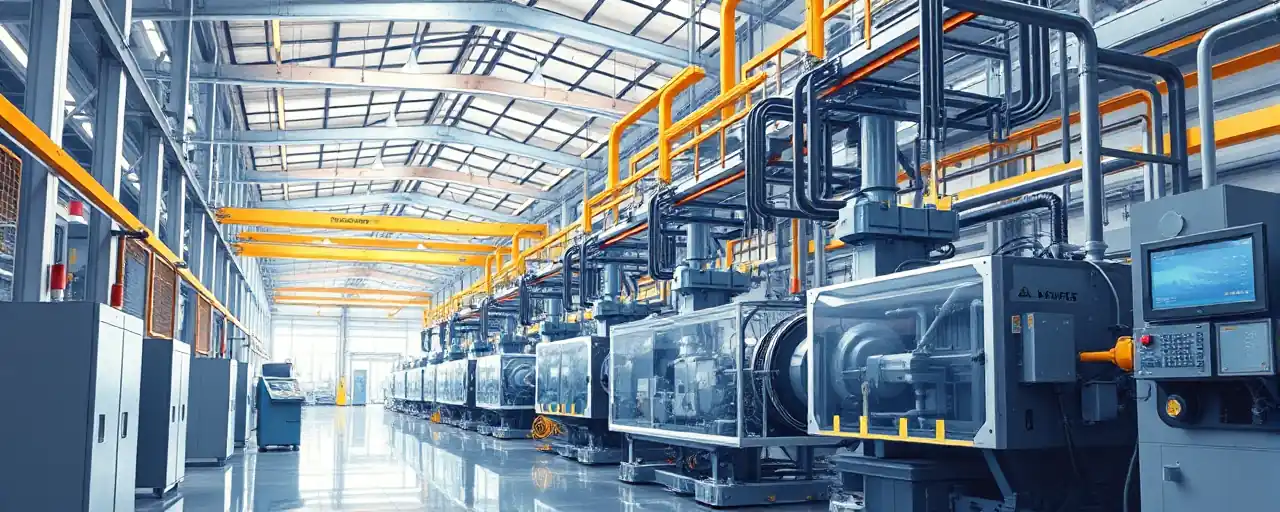A Lone Star Beacon in a Dim Economy
Texas stands tall, a titan of economic might in a nation grasping for stability. In March 2025, the state shattered records, adding 192,100 nonfarm jobs over the past year, outpacing every other state. Governor Greg Abbott, with a nod to the relentless spirit of Texans, credits this feat to a workforce honed by opportunity and a business climate that welcomes ambition. The numbers don’t lie: 15.8 million in the labor force, 15.1 million working, and 14.3 million total jobs. This isn’t just growth; it’s a masterclass in prosperity.
While other states wrestle with stagnation, Texas surges forward, a magnet for businesses fleeing high-tax, over-regulated regions. The recipe? No state income tax, lean regulations, and a culture that rewards hard work over bureaucracy. Yet, some voices in Washington and coastal capitals sneer, claiming Texas’ success comes at the cost of fairness or sustainability. They’re wrong, and the evidence is in the paychecks of millions of Texans.
This isn’t blind luck. Texas has built its dominance through deliberate choices: investing in education, expanding technical training, and rolling out the red carpet for innovators. The result is a state where welders, nurses, and tech entrepreneurs thrive side by side. Critics who push for heavy-handed federal oversight miss the point: Texas proves freedom and opportunity drive results, not mandates.
The stakes are clear. As America navigates economic uncertainty, Texas offers a roadmap. But the question looms: will the nation follow, or cling to policies that choke growth? The answer lies in the grit of a state that refuses to bend.
The Engine of Enterprise
Businesses don’t just move to Texas; they flock here. From 2010 to 2019, over 25,000 firms relocated, bringing 281,000 jobs and a net gain of 103,000. Small businesses, the backbone of any economy, make up the majority, settling in vibrant hubs like Dallas and Houston. Why? Low taxes, affordable real estate, and a regulatory environment that doesn’t strangle innovation. Programs like the Texas Enterprise Fund sweeten the deal, but it’s the state’s economic fundamentals that seal it.
Take manufacturing, which accounts for nearly 18% of relocated jobs. Companies see Texas as a place to build, not just dream. Professional services and trade sectors follow, drawn by a growing population and a central location. But it’s not all rosy. Rising housing costs and infrastructure demands are real challenges. Still, Texas tackles them head-on, balancing growth with practical investments, unlike states paralyzed by indecision or bloated budgets.
Advocates for centralized economic planning argue that Texas’ growth fuels inequality or strains resources. They’d rather see federal subsidies prop up failing systems. But Texas’ model—where opportunity, not handouts, drives progress—exposes their flawed logic. A welder trained in Tyler or a coder in Austin isn’t waiting for Washington’s permission to succeed. They’re building futures, and Texas is paving the way.
Forging a Skilled Workforce
Texas doesn’t just create jobs; it creates workers ready to fill them. The state’s push for career and technical education (CTE) is a cornerstone of its success. With over $7 billion allocated for CTE in the 2024-2025 budget, Texas is aligning education with high-demand fields like healthcare, manufacturing, and tech. House Bill 120, advancing through the legislature, triples funding for innovative programs like P-TECH, letting students earn college credits or degrees in high school.
In 2023, 115,000 CTE graduates walked away with industry certifications or associate degrees, boasting a 96% graduation rate. Grants like the Jobs and Education for Texans (JET) program, which pumped $15 million into training 8,000 students last year, ensure schools and colleges have the tools to teach real skills. From welders in Chapel Hill to accountants in Collin County, these programs are a lifeline to prosperity.
Some education reformers, often backed by federal bureaucrats, argue for a one-size-fits-all approach, prioritizing abstract academics over practical training. Their vision ignores the reality: not every student needs a four-year degree to thrive. Texas’ CTE focus empowers students to choose paths that match their talents, not some ivory-tower ideal. The result? A workforce ready for the jobs of today and tomorrow.
Education as Economic Muscle
Public education funding, often a lightning rod, is another Texas strength. House Bill 2, passed in April 2025, boosts per-student funding to $6,555, adds $3 billion for teacher pay, and allocates $1.5 billion for special education. This isn’t just spending; it’s investment in human capital. The Permanent School Fund, rooted in 19th-century land grants, still generates $765 million annually, stabilizing budgets and fueling growth.
Yet, some district leaders and education activists claim it’s not enough, pointing to inflation and expired federal aid. They demand massive increases, ignoring the state’s balanced approach. Texas isn’t California, throwing money at problems without accountability. By tying funding to outcomes and expanding CTE, the state ensures every dollar builds skills, not bureaucracy. The voucher debate, meanwhile, offers choice to parents without gutting public schools, despite fearmongering from opponents.
The Road Ahead
Texas’ economic engine hums, but challenges linger. Trade uncertainties and slower in-migration could temper growth in 2025. Yet, the state’s fundamentals—low taxes, skilled workers, and a pro-business ethos—remain unshakable. Unlike states bogged down by regulatory quicksand, Texas adapts, investing in infrastructure and training to keep pace with demand. The result is a resilience that other states envy.
America stands at a crossroads. Texas’ success isn’t a fluke; it’s a testament to policies that prioritize freedom, work, and opportunity. As Washington debates endless regulations and handouts, Texas delivers results. The choice is stark: embrace a model that works, or double down on failures that stifle. Texans have made their choice, and the nation would be wise to follow.
